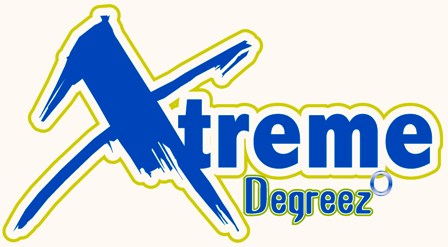
Industry News
FCS introduces the R-2 designed by Rusty Preisendorfer
Surfersvillage Global Surf News, 8 January, 2008 : - - FCS is proud to release the R-2, part of an ongoing collaboration with master shaper/ designer Rusty Preisendorfer. “Rusty has always been one of the shapers most involved in the evolution of fin design. He’s provided great insight to the performance sum of the hull and fin equation. With his vast design knowledge and surfing ability he’s able to take feedback from his team riders and create solutions by thinking outside the box,” said FCS’s Tyler Callaway.
According to Callaway, “The R-2 is a perfect example of Rusty's creative thinking. His idea was to drop the core mat out of the tip of the fin to engineer a stiffer base and more flexible tip that adds forgiveness to critical maneuvers and drive out of turns.”
Rusty says: "I was after a lightweight fin with soft, yet crisp flex to the tip. Fill is the key word: a lot of the lightweight fins out on the market have lightweight filler in them such as core-mat. I was after the flex characteristics of an all glass fin with a thinner, more tapered tip. The presence of the filler limits how thin the fin can be. With an all glass fin, the taper can be controlled. My thoughts were to pull the filler out of the tip of the fin so we could get more taper but keep the fill in the bottom 2/3 of the fin where the biggest weight saving, would be anyway."
Q&A:
FCS: What team rider(s) feedback was most valuable during the development?
Rusty: JOB and Kerrzy
FCS: Who should ride this fin? (Size range)
Rusty: 150 to 190 or 200lbs.
FCS: What kind of performance should they expect?
Rusty: A fin that is solid at rail set and has good rebound on release (unweighting). At the same time the fin tip needs to be soft enough to be forgiving on reconnects (airs, reverses, slides). The molding process provides a consistency and accurateness. Like a composite hull, this type of construction creates the opportunity for a lightweight, durable product where flex characteristics can be modified by what gets put in the mold.
FCS: Care to comment on tail flex patterns?
Rusty: Glass-ons do impact longitudinal flex because the entire base of the fin and then some, if you consider the filler is anchored to the bottom. FCS is the least invasive box system on the market and would have less influence on longitudinal flex in the fin region.

No comments:
Post a Comment